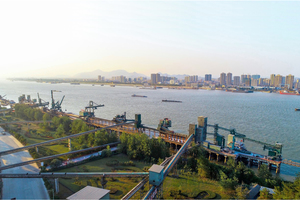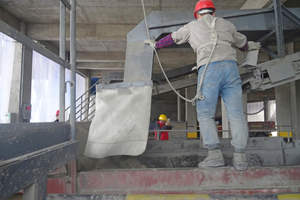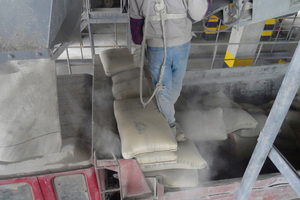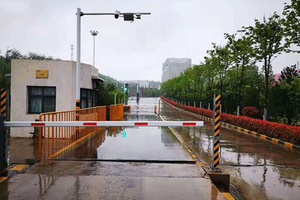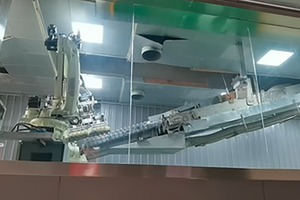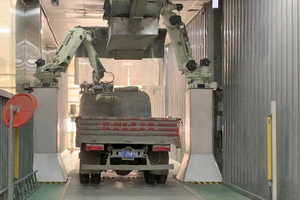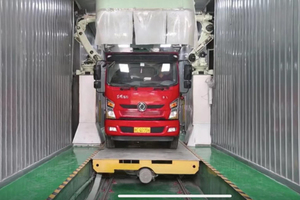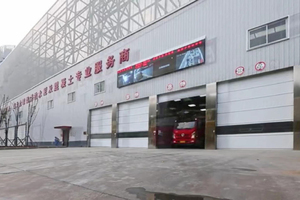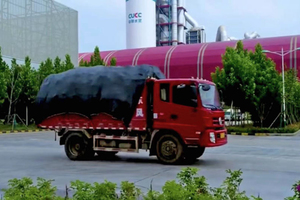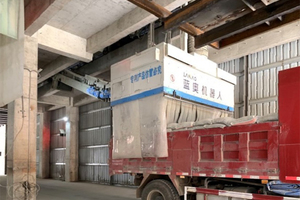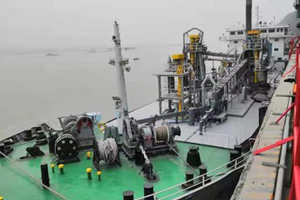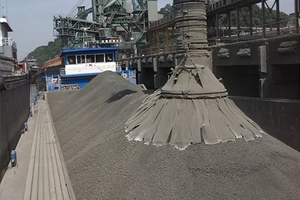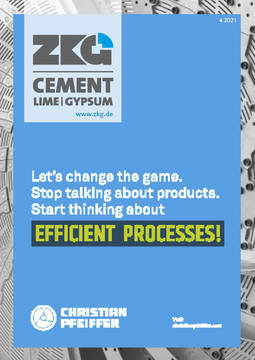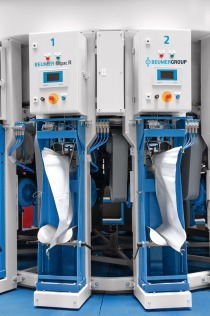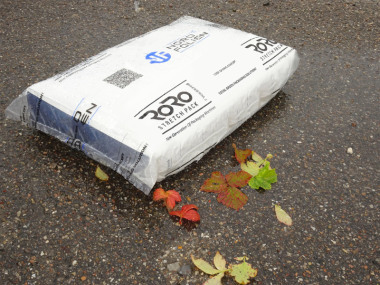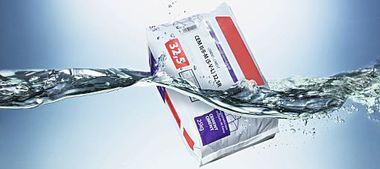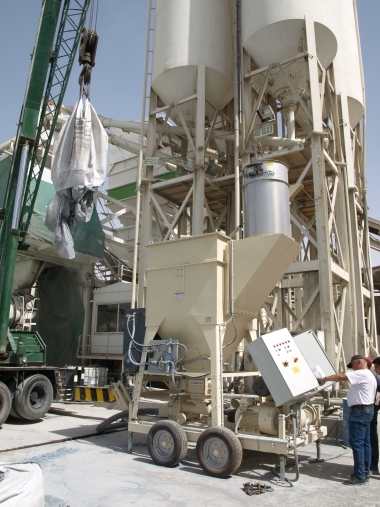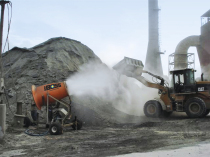Advances in cement filling plants and transportation in China
During the last 20 years, the handling of bulk materials in China has changed considerably, among other things due to changes in environmental and occupational health requirements and more stringent dust regulation. This article looks at examples of plants who are leading the transition to modern technology and practices in the sphere of filling, loading and transportation.
Introduction
The bulk ratio in China has gradually increased over the last 20 years and reached 70 % in 2020. However, this still leaves 30 % in bags, equating to about 700 million t of clinker per year, or 14 billion bags. Up until 2017, these bags were loaded onto trucks by hand, without the use of pallets or shrink wrapping. However, due to changes in environmental and occupational health requirements and more stringent dust regulation in China, this has changed rapidly over the last few years.
Filling plants and truck loading
Over the last ten years, the cost of labour in China for loading workers has doubled, and in some cases, even tripled. As previously mentioned, until 2017, cement bags were loaded onto trucks by hand, creating safety hazards and large amounts of dust pollution at the filling plants.
Fast forward to 2019, advances in technology by CNBM Kaisheng Robotics and installed at CUCC’s Luoyang plant, have created a process which means that bag feeding, packing and truck loading is completely automatic. For example, for loading, the area is completely closed off to people. The door to the bay is opened with induction, the truck is driven onto a platform, and the driver can then leave the bay and wait in the rest area (during the Covid-19 situation, the drivers stay at the driving seat to avoid any personal contact).
An automatic bag loading machine registers, scans and models the truck’s size, and automatically loads the trucks according to its calculated capacity. Two robots coordinate and alternately grab the waiting cement bags from the pallet at the end of the conveyor belt, and stack the truck according to its set model.
The loading machine’s capacity is 120 t/h, and has been in place since June 2019, with high reliability and accuracy of result. The system is flexible, stable and efficient, and successfully solves issues with jams, high throws and is adaptable to multiple vehicle types. As it is completely unmanned, the exposure of workers to dust is avoided and hence reducing occupational health hazards, it improves the working environment and also solves the issue of pollution on the production line. Labour costs are also reduced.
The lack of human involvement in the loading process has also been particularly valuable during the Covid-19 pandemic.
After loading, the door opens with induction, the bags must be covered before the truck leaves the plant in order to avoid secondary dust pollution during road transportation.
As part of their “Ultra-Low Emission Technical Transformation”, in which dust emission concentrations have been reduced to less than 10 mg/Nm3 at the stack, Sinoma Cement have implemented dust controls on the packaging and loading systems of its three subsidiaries in the Guangdong region.
In addition, automatic bagging and intelligent packaging technical renovation projects have taken place on the packing and loading systems at Sinoma Zhuzhou, which has greatly mitigated the occupational hazard impact of the packaging and loading systems on employees.
At Sinoma’s Tianshui Qilianshan plant, a slightly different mechanism of automatic truck loading to the one at CUCC Luoyang is employed: a feeding belt is able to move forwards, backwards, left and right to fill different trucks, and is fitted with a dedusting mechanism which passes over the filled truck.
Transportation
When selecting suppliers and business partners, CNBM and its subsidiaries have made a commitment to prioritise those with high environmental standards and scientific management. These suppliers are required to give priority to means of transport with the most minimal environmental impact and strengthen protection in the process of transportation.
With regards to shipping by water, Asia Cement uses innovative technologies at its Jiangxi YaDong Plant’s dedicated Yangtze river wharf. The wharf is 625 m in length, has eight berths, and an annual throughput of 17 million t.
Changes have been made to the original belt scale and water gauge metering methods, with a new precise metering system. This adopts a fast shipping and silo mechanical clearance methodology, which allows the terminal to work with high efficiency, increased safety for workers, better environmental protection and improved energy savings.
Loading of both bulk cement and clinker uses a static measurement with two sets: for a single set ship, this capacity is set at 600 t/h with an error of < 1 %, for two sets of clinker loaders, this is set to 700 t/h with a measurement error of < 2 %.
As the above case studies show, technologies in the spheres of filling, loading and transportation in China have rapidly improved in a very short space of time, which has led to increased worker safety and safer work environment, improved environmental performance, and decreased labour costs. The years to come will bring further technological innovation in all of these areas.

